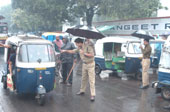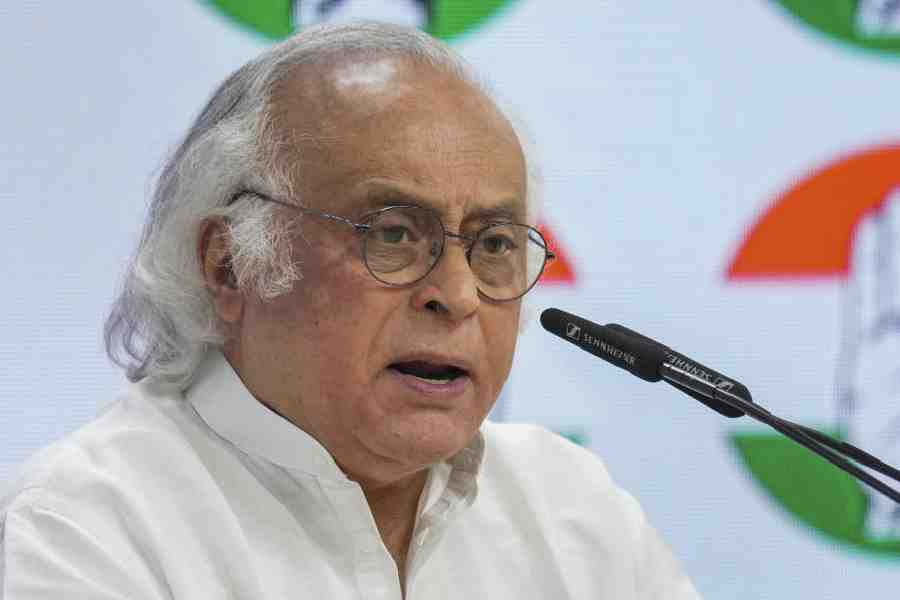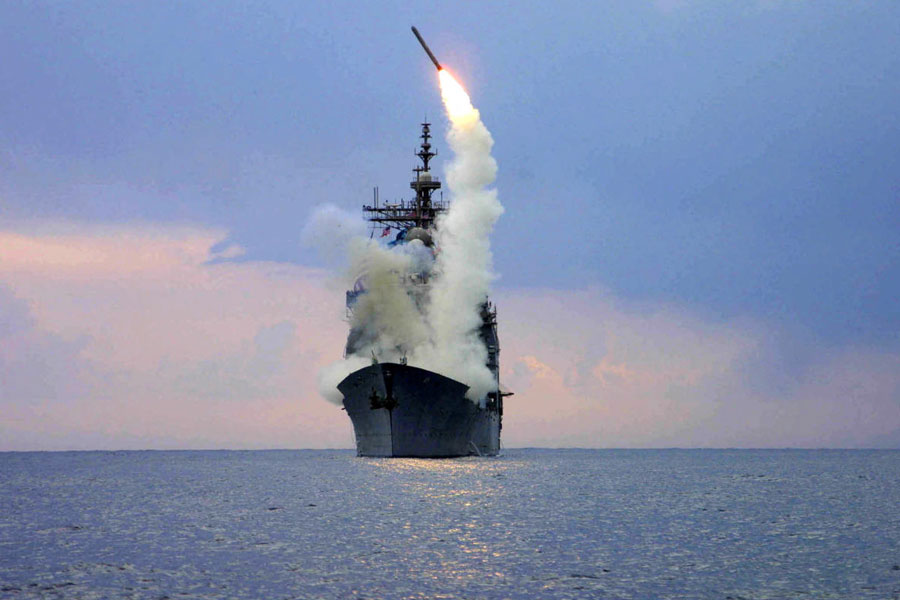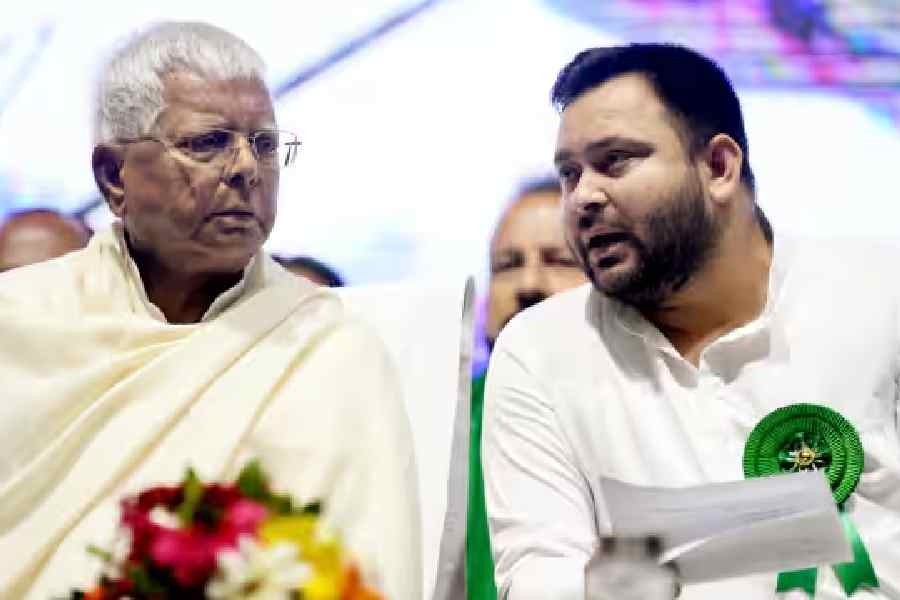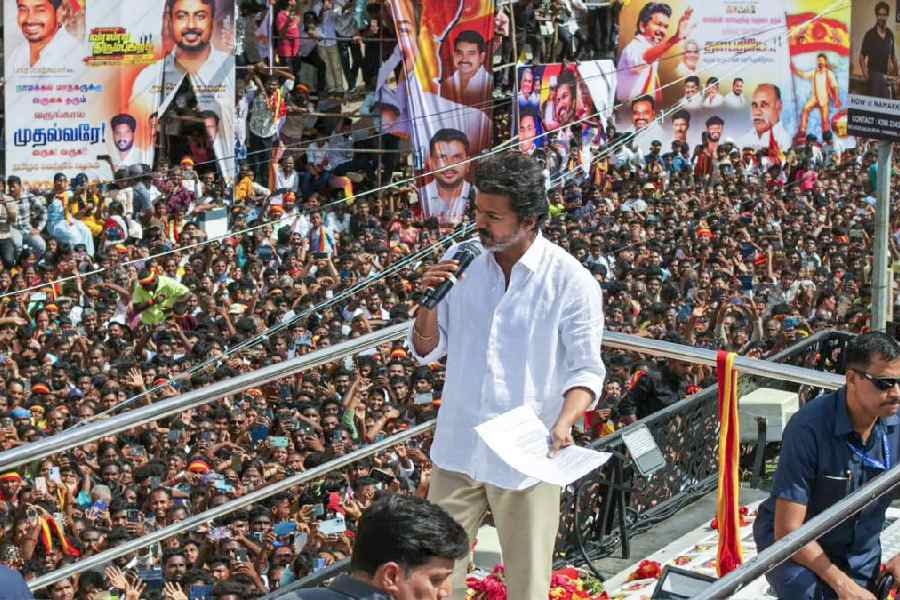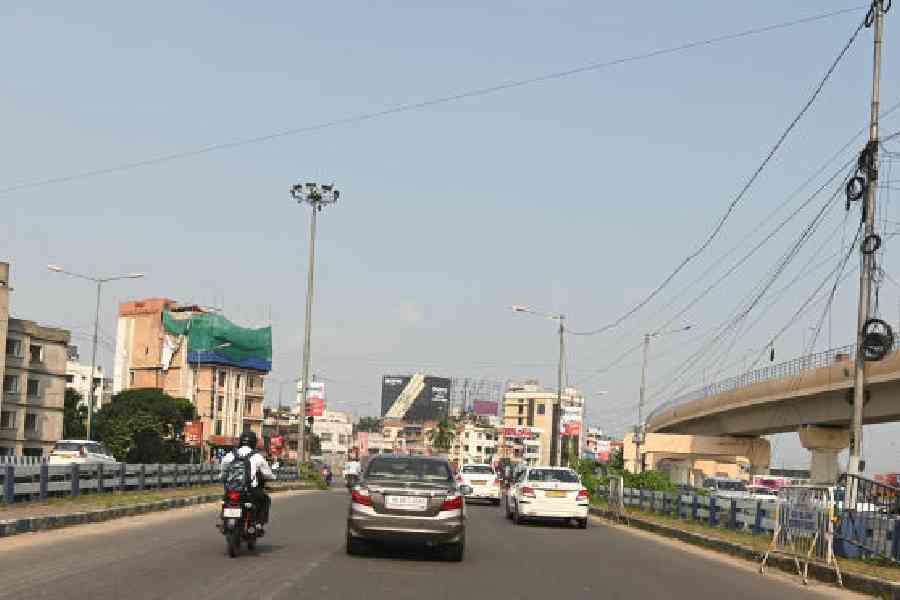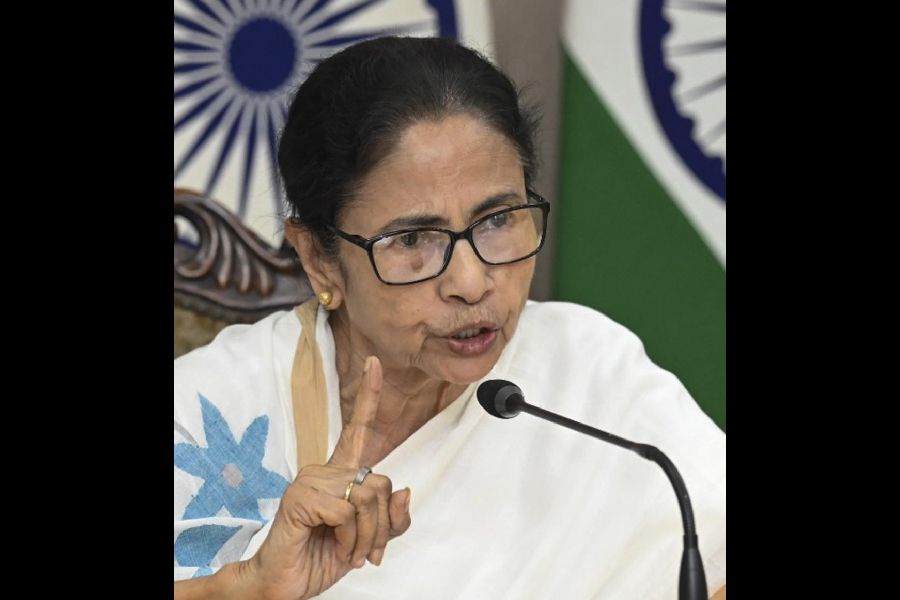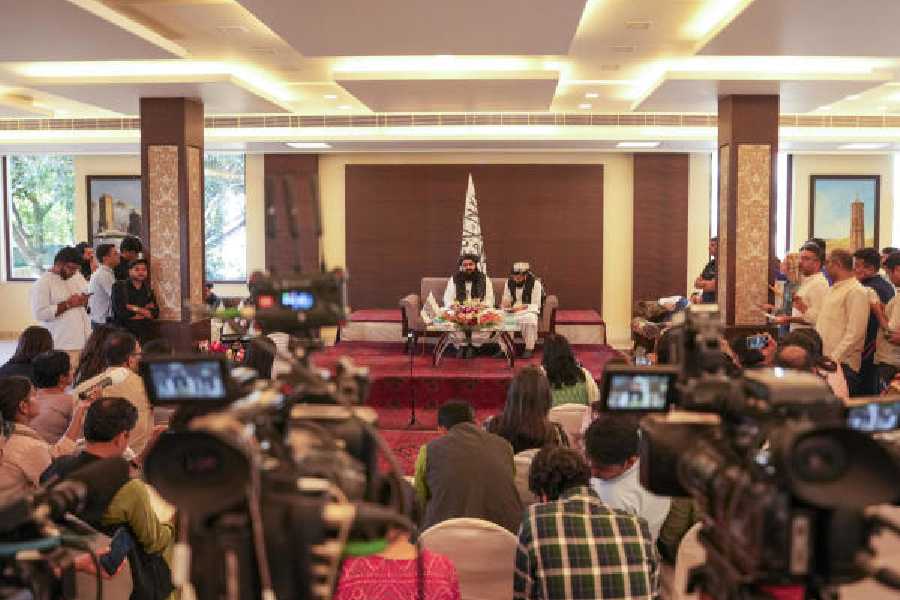 |
Partha Das faces a dilemma every day ? whether or not to shun Calcutta’s ubiquitous auto-rickshaws. Each time Das gets into a three-wheeler, he cannot escape this sinking feeling that he might lose his limbs and even his life as the overloaded vehicle careens down the crowded streets of Bengal’s capital.
Yet, like most commuters, he has little choice but to clamber into an auto-rickshaw. They are cheaper than other modes of transport. They’re also more easily available. And they get you to your destination, weaving in and out of city traffic snarls.
Calcutta has some 12 lakh vehicles plying on its roads. Of these, 16,337 were auto-rickshaws in 2004. That number is much less than the actual figure because the city’s northern and southern fringes come under the district police of North and South 24 Parganas. Yet travelling in an auto-rickshaw carries a price ? it’s risky, going by the rising number of accidents involving auto-rickshaws.
According to police records at Lalbazar, the headquarters of the city police, 29,427 cases were slapped on auto-rickshaw drivers in 2004. The figure came down marginally in 2005 to 28,865 cases. Traffic police acknowledge that fatal accidents involving auto-rickshaws are on the rise (15 cases in 2005 versus 7 in 2004). “We agree that autorickshaws flout several rules, but one must not forget that they are the cheapest option available to passengers,” says deputy commissioner of police (traffic) J. Shamim.
Auto-rickshaw drivers and even transport minister Subhas Chakroborty attribute the rash driving to unauthorised drivers. The minister recently admitted that most auto-rickshaw drivers in the city have no driving licence ? they often ply “stolen or smuggled” vehicles. Mainak Saha, an auto-rickshaw driver at Ultadanga near Salt Lake, says that the income of “genuine” auto-rickshaw drivers is dipping because of “hundreds of unauthorised auto-rickshaws plying through Calcutta.” Shamim says that on an average 10 to 15 auto-rickshaw drivers are caught every day for plying on unauthorised routes. “Even a fine of Rs 3,000 does not deter them,” he says.
Yet this is only one side of the story. If auto-rickshaw drivers are callous, it’s also because they have powerful union leaders backing them. Most auto-rickshaw drivers who ply on the city’s roads are members of trade unions affiliated to the CPI(M) or the Trinamool Congress.
Mohammed Shahab, an auto-rickshaw driver plying between Phulbagan and Mahatma Gandhi Road, shrugs when told of complaints against drivers. And he is full of praise for his leaders from CITU, the CPM’s powerful trade union wing. “Our leaders come to our aid when the police trouble us,” he says. Each auto-rickshaw driver pays Rs 5-10 as chanda to their unions every day.
The auto-rickshaw menace takes different forms. Das, for example, finds it hard to put up with the loud music drivers play while carrying passengers on the Ultadanga-Hatibagan route.
In some parts of the city and its outskirts, the auto- rickshaws ply with three passengers in the front, besides the driver. “Just imagine four people sitting on a small bench supported by a single wheel in front,” exclaims Gautam Mukherjee, a commuter from Narendrapur on the southern fringe of the city. “We take on more passengers because we need to earn a living,” replies auto-rickshaw driver Saha. Unlike in New Delhi or Mumbai, auto-rickshaws in Calcutta do not run on meters. Here, the fare is shared by passengers. So if you pay a minimum of Rs 20 in Delhi to go somewhere, it will cost you Rs 3 or so in Calcutta. In other words, the fares are low.
Not everyone is convinced that Calcutta’s auto-rickshaw drivers earn less than their brethren in Delhi or Mumbai. According to Shahab, an auto-rickshaw driver on a busy route earns Rs 150 to Rs 200 a day. “I wouldn’t call it bad,” he says.
Few would disagree that auto-rickshaw drivers are often a law unto themselves. Nowhere is this more visible than outside the Tollygunge metro terminus. Tired commuters, returning from work, wait endlessly for auto-rickshaws to take them to Garia. “Very few would go directly to Garia from Tollygunge metro station during the evening rush hour. They go half the way to Ranikuthi and then carry another group of passengers from there to earn more,” Sunil Chatterjee of Brahmapur says. The police turn a blind eye to the rash driving and overloading ? hardly any policeman is visible outside the busy Tollygunge metro station in the evening, for example.
But the police say they try their best to keep errant drivers in check. “We take every action possible to prevent overloading and refusal,” says South 24 Parganas superintendent of police S.N. Gupta. He says the police also hold meetings with auto-rickshaw drivers and unions on occasions like “traffic week” in January and caution them about the safety of passengers. But these meetings do not seem to have borne much fruit.
Mrinal Das, who heads the CITU-affiliated auto-rickshaw union in the city with some 12,000 members, says they routinely ask drivers to be careful and not to break the traffic rules while driving. “There is little else we can do about it,”he says, pleading helplessness. That’s small consolation for commuters.

